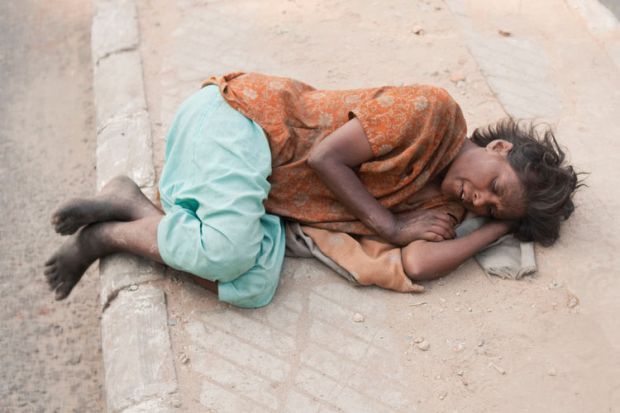Drawing on 14 months of fieldwork in a Delhi slum, behavioural scientist Claire Snell-Rood offers thoughtful discussions of how women in this community rely on a range of personal relationships (neighbours, lovers, parents) while also remaining wary of those relationships. These multiple connections, she shows, sustain and provide them with practical help while also draining and disappointing them.
Focusing on the tense ambivalence that characterises even the most intimate kin relationships, Snell-Rood helps us to appreciate how the women balance and reconcile their daily pragmatic juggling for advantage, in the face of others who remain unknowable and potentially abusive, with the desire to keep hope alive and cultivate connections over the long term. Women have a strong sense that people grow and change, and that relationships are ambivalent and have many different moments, but they are also animated by their determination to “get ahead”, their appreciation of the psychosocial value of sacrifice and service, and a stubborn sense of their individual worth and uniqueness. Although things may be going well or badly at any one moment, somehow it is all ironed out in the foundational space that holds women’s individual mobility goals and personal spiritual growth.
When the slum in which Snell‑Rood conducted her fieldwork is demolished, we see that many neighbourly attachments, built by daily intense sociability, prove easy to let go of – and are even negatively evaluated in the aftermath. When she leaves, she is not disillusioned by the failure of the urban poor to stand together in struggle or hold each other in compassionate mutuality, but wise about how humans work through difficult lives and keep themselves intact. Her sense, and ours, of what “survival” means has been significantly enlarged.
That said, the very things that make this book useful to a variety of audiences also undermine it as a piece of academic writing. It engages several literatures, moving between different registers of analysis while picking up many themes and putting forth multiple arguments. The end result is that readers will be unsure about its main argument. Is it about the value women place on suffering and sacrifice as part of spiritual well-being and self-cultivation, or their competitive but modest desires for family mobility and economic progress? Is it about academic imperatives to re-envisage “citizenship” in the face of post-1990s realities; the revelations about community and individualism in (only apparently) tightly knit neighbourhoods; the presentation of urban slums as clean, decent environments more desirable than the spacious, lush villages left behind; or authorial frustration with the inadequacy of analyses framed in terms of survival, structural violence and assumptions of shared struggle?
This proliferation of themes is intensified by a tug-of-war between different writing styles. From the off, a reflexive, original and ethnographically sensitive discussion of health and well-being as necessarily implicated in moral and spiritual life, with a plea for academics to pay due heed to people’s spiritual selves and take seriously their narratives of ensoulment, gives way to a strangely objectivist table recording data such as nutritional status and mortality rates. Readers from many disciplines will find something here, but I suspect all may feel that there is much more to say.
Caroline Osella is reader in anthropology with reference to South Asia, Soas, University of London.
No One Will Let Her Live: Women’s Struggle for Well-Being in a Delhi Slum
By Claire Snell-Rood
University of California Press, 296pp, £44.95 and £19.95
ISBN 9780520284807, 4821 and 0960503 (e-book)
Published 7 August 2015




